
Exactly 10 years ago tonight, December 26, right at 9:00 p.m., my mother quietly and peacefully passed away. Adrianne and I were in the room with her at Raleigh’s Rex Hospital, and for some minutes, we were unaware that anything had happened. Her pneumonia-weakened breathing had been silent and shallow all day, and at some unidentified point, it just stopped.
One of the Rex Hospital nurses came in to check her vitals, and he began by looking at the pulse oximeter to read her oxygen saturation level. The little device which clips onto the end of one’s finger did not seem to be working. Under his breath, he expressed displeasure with technology in general, with that meter in particular, and with the problems they’d been having with both. He left and brought back another oximeter, only to find he was still unable to get a reading.
Perhaps suspecting something more than faulty technology, he went to get a senior nurse. Once in the room, she efficiently set about doing the various things that would ultimately allow her to turn to us and say, “I’m so sorry, but your mother has passed.”
More than saddened at that moment, we were stunned. As Adrianne said later, “We had gotten so accustomed to her bouncing back from all of her illnesses, we just assumed that this would be the same. She was always the ‘Come-Back Kid’.”
There was a sense of relief, as well, given all of the things that had conspired to bring her quality of life so low by that time. She had gone almost completely deaf, she was being hospitalized for yet another bout of pneumonia, her 87-year-old body was weakening and betraying her, and of course the ravages of dementia had stolen much of her prodigious memory from her. All of this was piled on top of the never-diagnosed (and therefore never properly treated) psychological illness that plagued her from as far back as I can remember.
Death came as a sweet release for this courageous, loving, talented lady.

(Photographed sometime in the late 1940s)
Mother was in many ways an extraordinary woman. She had a great love of and respect for learning (she was the Salutatorian of her high school class), and she taught me to read (fluently, I’m told) before I entered kindergarten. For any academic accolades I may have won, she was my greatest and loudest cheerleader. And if I ever slacked off, one look at her face was all it took for me to get my rear end back in gear!
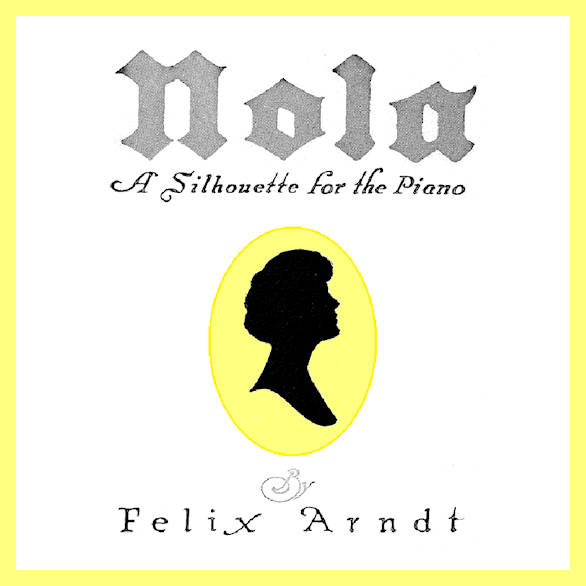
Music was a huge passion of hers, and so it is with me. She was a very accomplished pianist, and I remember her effortless, gracious, and lyrical playing. I now recognize that everything I know and have come to understand about lyrical performance style and melodic interpretation (as well as my deep love of music as a whole) began with her — and those many transcendent hours I was afforded to listen to her play all of those classical and popular melodies that are still among my favorites. She could melt your heart (or at least she did mine) with Danny Boy or Handel’s so-called Largo (Ombra mai fu). And my spirit was almost never happier than when she played her ebullient, musically eye-winking version of Felix Arndt’s Nola, the song which I keep as the ringtone on my phone! This is what I hear when someone calls:
(Performed by pianist Mark Tavenner)

I have no recordings of Mother playing (alas), but I have put together a CD of others performing the works I most associate with her. I’ve been listening to that CD all afternoon — and why not? She probably played these pieces for me going all the way back to when I was in utero.
I have selected one that I hope you’ll listen to in Mother’s honor today. It’s Edward Elgar’s 4-minute gentle and romantic Salut d’Amour, as played here by pianist Maria Garzón. It’s Garzón’s performance I’ve chosen to evoke Mother’s playing, as she comes closer than any other version I’ve ever heard to Mother’s delicate touch and gentle phrasing that I remember hearing in our living room. Here it is in its true delicate loveliness:
(Performed by pianist Maria Garzón)
An enthusiastic and wonderful cook, Mother even owned her own bakery for a few years. When I was in first through third grades, we lived in Cary, NC, directly across the street from the elementary school I attended. (Our house was later turned into a Montessori School — which is appropriate, I think, though the school has since closed and I hear rumors that it will soon be torn down and replaced by condos.) In the grade-1-through-6 schools in Cary and suburban Raleigh, it was quite the accepted practice back then to expect mothers to take turns bringing treats to their children’s classrooms. Sometimes cookies; sometimes cupcakes; and for special occasions, even a cake.
Mother sensed an opportunity, and possessing professional-level baking skills, she opened her own little bakery. (That assessment of her skills is mine, her very prejudiced son — but it soon became the consensus of many others!) At first, she made treats for my classroom, and then the word started getting around: “Ruth Proctor’s are the best!” So, she began to get a few orders (from mothers who lacked the time and/or the talent to bake), then more, and it finally grew into almost more than she could handle.
Being the only child, it was I who was always tapped to help her cook, and so I learned literally from a “master chef.” Speaking at her funeral, I was able to relate the fact that I knew how to make a pie crust even before I could do long division!
And Mother was a collector and lover of people — including those who most often remain complete strangers to everyone else. She made friends with a wide and large assortment of shopkeepers, retail merchants, restaurant servers, and medical / healthcare professionals. Unfortunately, she had to spend a lot of time with that last group during her life.

(“A gift from Mother 5 years after she died!”)
A few years ago, my wife and I were in Raleigh’s Crabtree Valley Mall, and an African-American gentleman came up to me — smiling his non-verbal apology for bothering us — and said to me, “You were an only child, weren’t you?” Well, where does a conversation go that begins like that? I smiled and said yes, to which he nodded and said, “I knew your mother and father. And of course I knew you, too.” Long story short, he had worked his way through college (N.C. State) at a couple of my parents’ most favorite cafeterias. I remember Mother (and Daddy, too, but Mother more verbally) liked him immediately, befriended him, and took a strong and continuing interest in him, his family, and his life goals. He told me that day in the mall that rarely does a day go by that he doesn’t think of their kindnesses and the affectionate dignity they bestowed on him. (He told me, “And I remember you, too! You always had a book in your hands!” 🙂 Yep, that was me.) This wonderful 20-minute encounter with such a dear man was yet one more gift I received from my mother, even 5 years after her death!


I don’t know the exact year, but when my mother was in her early 30’s, she wrote a three-stanza poem that began “Dear Father, hear the prayer.” She composed the verses to meet the meter and line length of the popular 100-year-old hymn tune known as Serenity, by 19th-century Irish-born composer William V. Wallace. (That’s the two of them in the photos to the right.) It was in this form that her hymn was published, and those of you who were able to attend Mother’s funeral honored her by singing it.
Approaching the Day of Atonement in 2019, our pastor very kindly suggested that the spirit and message of Mother’s prayer-hymn made it quite appropriate for our services on that particularly solemn Holy Day. And so, I prepared a printed edition of it, giving it the (new) title A Hymn for Atonement. It was, as you may imagine, a very emotional moment for me, as I was the one standing and leading the congregation in singing this hymn, which I have known so well for the last 60 or so years.
It was earlier in the 1950s that Mother had begun earnestly to try to deal with the severe and emotionally debilitating psychological illness that defined her life for all the years she was in my life. She sensed there was something terribly wrong, but she could not herself control it. She even had herself admitted for a while to Dorothea Dix Hospital in Raleigh for specialized care, but the only remediation offered to her by her physicians was an extremely harsh drug that seemed to effect as much harm as it did good for her — but which she ended up taking daily almost to the end of her life.
I can hear much of her emotional and mental turmoil in the words of this hymn, and it leads me every time to joyfully anticipate the moment in the Resurrection when I’ll meet her again — she will be cured and will be 100% the vibrant, loving, creative lady that, in this life, fought her own personal demons so valiantly.
Should you wish to do so, you can click on the following link to hear organist Clyde McLennan perform the hymn tune, and you can sing along with the words below. Click here for accompaniment.
Dear Father, hear the prayer of those Who oft-times go astray. Forgive, once more, our erring deeds, Our human, selfish way. When sin besets, temptation calls, Forsake us not we pray, But ever keep us in Thy love, Forever with us stay. Our lives an open book to be That others may explore And find there only Christ-like deeds, For this we now implore.

(Taken 7 years apart — Daddy in 1944 and Mother in 1951 — the photos nevertheless show both of them at age 26. In addition, she was pregnant with me when she had this one made!)

The picture of Mother shown at right was from her military base ID when she was the young 19-year-old wife of Pfc. Grover B. Proctor. He had joined the Army in April of 1944, and by November had been transferred to Camp Howze, just north of Gainesville, Texas.
Mother went with him to Texas, and at the time the ID photo was taken, they had been married for exactly 16 months and one week. Three weeks after that, Daddy was deployed to the European front.
As perhaps can be seen in the photo, the young Ruth has been described to me as a happy, vivacious, pretty, talented, and very smart girl.
She graduated from Hardbarger Business College in Raleigh, and worked as a legal secretary and as the secretary of the Chemistry Department at UNC-Chapel Hill.
In her early 30’s, she went back to school to become an LPN (Licensed Practical Nurse). I’ve seen her transcripts from both Hardbarger’s and her LPN training — straight A’s all the way!
For the two years we lived in Virginia, she rose very quickly from serving as a volunteer herself to being named Director of Volunteer Services at Richmond Memorial Hospital (now Memorial Regional Medical Center).
Always a great patriot, Mother was a founding member and served as President of the Ladies Auxiliary to the VFW Post 10,001 (Raleigh), and was a Life Member of the national organization.
Oh yes, and in the years after August 1951, she found time to raise, nurture, and teach me. I’m particularly fond of that!

There’s a Facebook meme going around, asking Mothers if they remember the exact time their child was born. My mother always told me I was born between 1:15 and 1:30 pm. She would then remind me I had caused her to miss both breakfast and lunch that day! (Over time, I discovered the correct response was, “Sorry, Mother!“)
The photo above was taken by my beautiful wife Adrianne, between 2½ and 3 years before Mother passed away. (Adrianne is our “household Ansel Adams.” She has been responsible for capturing digitally and on film so many of the iconic moments of our lives together — including the photo of Mr. Williams and me above.) Mother was 84 years old in this photo. It’s clear, I think, that she and I were having a good time that day. If a picture is, indeed, worth a thousand words, I think the 1,000 associated with this image are easily read. I somehow get the impression, looking at the expression on her face, that she loved her son! It moistens the eyes every time I look at that photo with her.
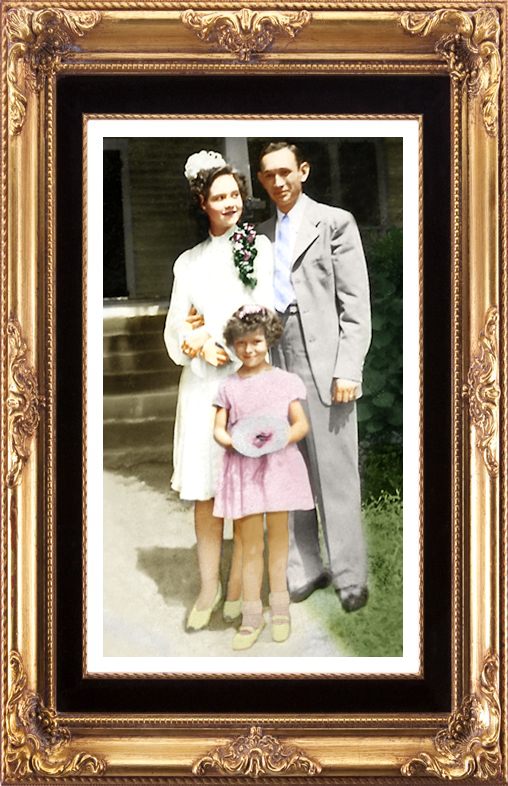
(Shown with them is beautiful little Janie Proctor, Grover’s 5th cousin, who was both their Flower Girl and Ring Bearer.)
Mother met my father in her hometown of Apex, North Carolina, in 1943, when she was 18 and he was 25. Daddy was working as a clerk at the railroad depot there — a job considered by the government as vital to the war effort — and a mutual friend thought they might like each other. Apparently they did (!!), as six weeks later, they were married!
I will take neither the time nor the space to recount here their brief courtship and their wedding day. However, I have written up both in other articles, and if you want to read the charming story of a memorable couple’s travels toward marriage, I invite you to thumb through these three brief accounts:
- 69 Years Ago, written in 2012, on the preparations for the wedding
- 69 Years Ago: The Sequel, written in 2012, with a perspective from their Flower Girl
- A Diamond Anniversity is Forever, written in 2018, taking the reader to the actual wedding!
Mother was in many ways an extraordinary woman (as I said above), and in the intervening years since her death, I have been given the opportunity to reflect even more deeply on the myriad gifts she gave me during her life. Conversations with people like Janie Proctor Brimmer (yes, the same Janie Proctor who was Mother and Daddy’s flower girl!) have given me an ever-growing, crystal clarity about how she guided me to becoming the person I am.
God be with your spirit, Mother. Please be ready to share your music with us again in the Resurrection!
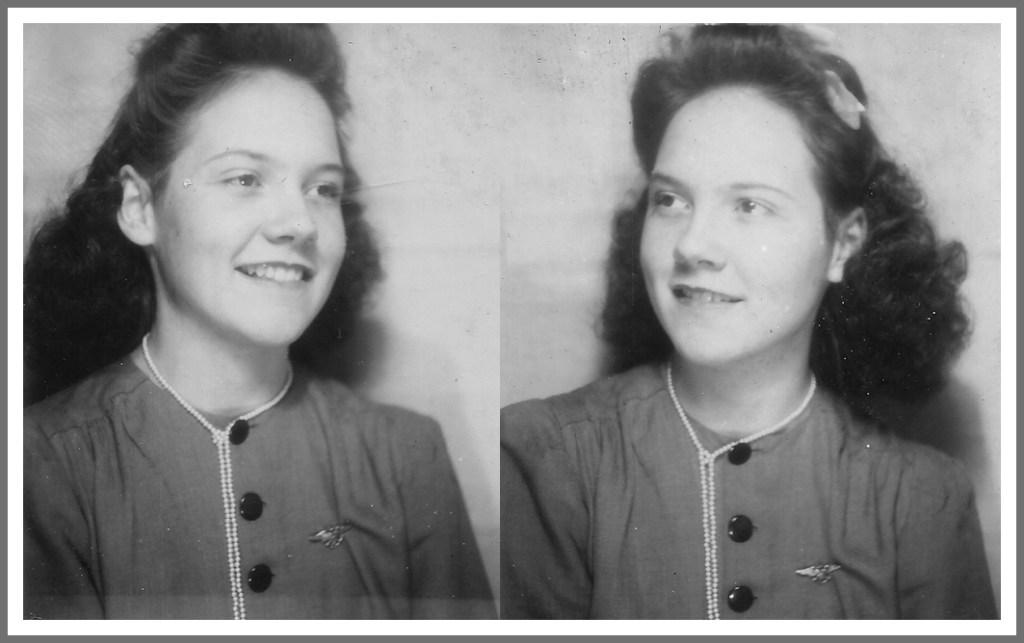
She is a truly gifted artist of photo restoration, and I thank her immensely for preserving so many memories for me!
You’re the best, Melanie!!
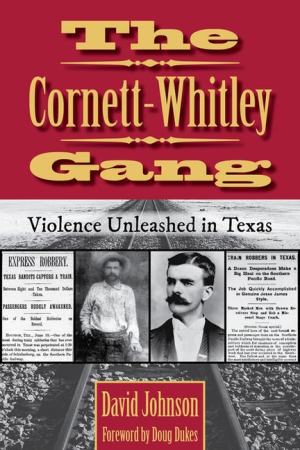

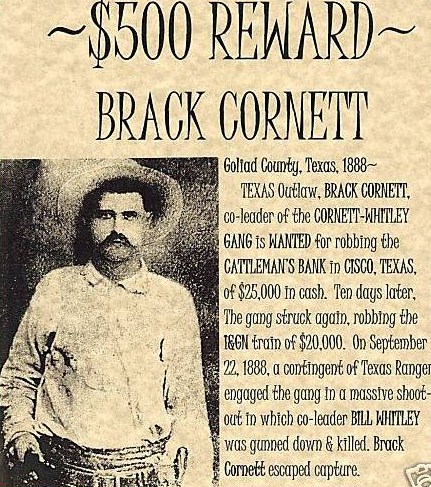

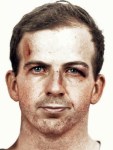


 A car traveling on Interlaken Road slowed down, saw our obvious dilemma, and pulled in. The driver got out, and the usual sort of “Having trouble?” / “Yes, flat tire” conversation ensued. My friend practically flew over to the man and begged him to help, as I had a “serious heart condition” and shouldn’t be doing such heavy work!
A car traveling on Interlaken Road slowed down, saw our obvious dilemma, and pulled in. The driver got out, and the usual sort of “Having trouble?” / “Yes, flat tire” conversation ensued. My friend practically flew over to the man and begged him to help, as I had a “serious heart condition” and shouldn’t be doing such heavy work!




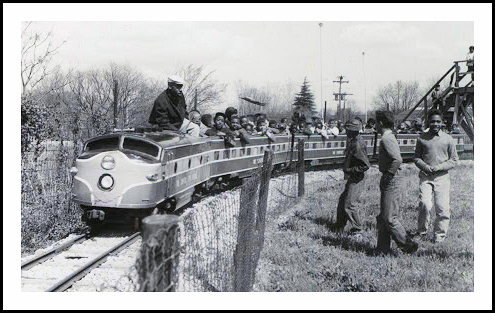
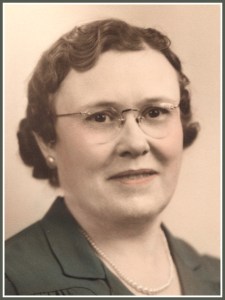

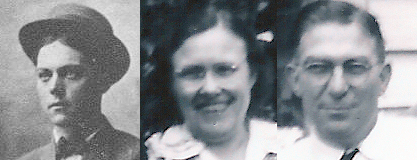






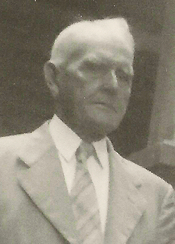
 So, in honor of their wedding day, in honor of their 75th anniversary, and (most of all) in honor of Mother and Daddy, let me invite you to join me in a virtual journey back to that wonderful day in 1943, through the verbatim accounts from the newspapers. (Now, just because it got in the papers, don’t think this is going to be a Charles and Diana type event. After all, we’re talking about a quiet farm boy and a smart small-town girl. But that was love in their eyes that day, the same love that was with them all the rest of their lives.)
So, in honor of their wedding day, in honor of their 75th anniversary, and (most of all) in honor of Mother and Daddy, let me invite you to join me in a virtual journey back to that wonderful day in 1943, through the verbatim accounts from the newspapers. (Now, just because it got in the papers, don’t think this is going to be a Charles and Diana type event. After all, we’re talking about a quiet farm boy and a smart small-town girl. But that was love in their eyes that day, the same love that was with them all the rest of their lives.) The bride descended the stairs unattended, and there met the bridegroom. They entered the living room together. For her wedding she wore a street-length dress of soft white sheer crepe, a tiny veiled turban, and all white accessories. Her flowers were American Beauty roses and lilies of the valley. The tiny Ringbearer wore a frock of pink taffeta and carried an old-fashioned nosegay of pink and white flowers.
The bride descended the stairs unattended, and there met the bridegroom. They entered the living room together. For her wedding she wore a street-length dress of soft white sheer crepe, a tiny veiled turban, and all white accessories. Her flowers were American Beauty roses and lilies of the valley. The tiny Ringbearer wore a frock of pink taffeta and carried an old-fashioned nosegay of pink and white flowers.
